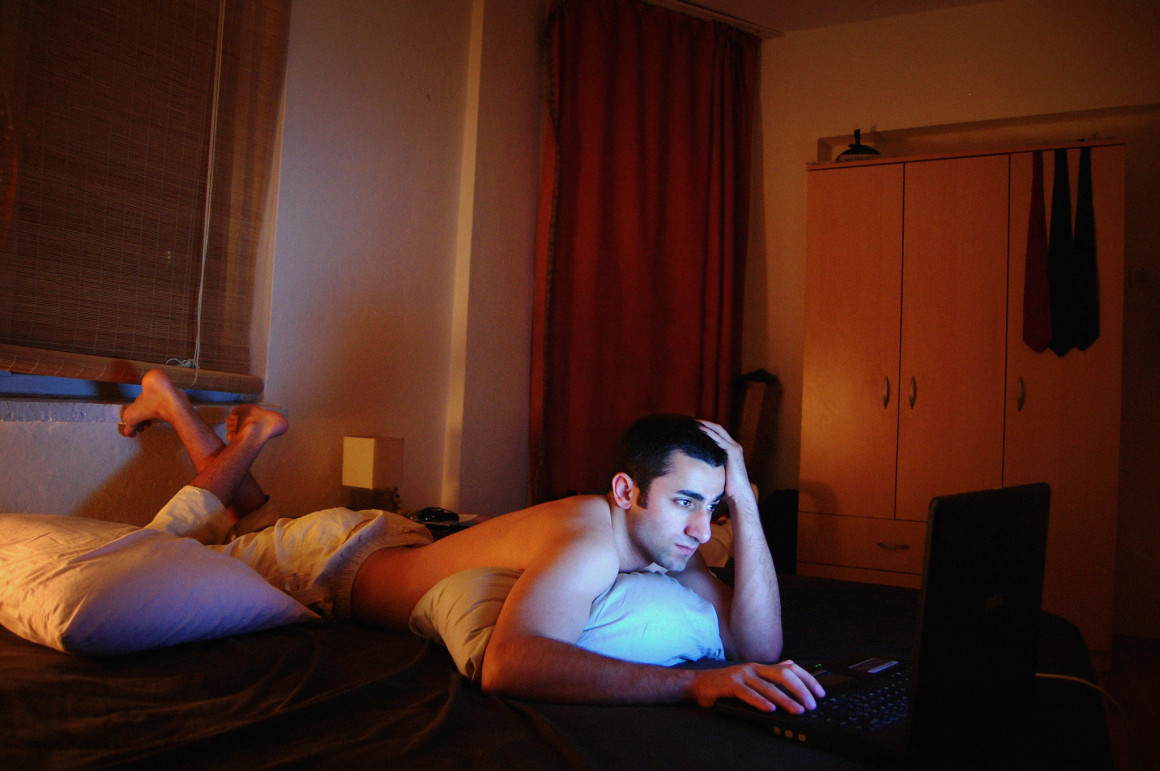
Does ethical porn consumption exist?
By Sean Willett, January 26, 2016 —
Consumers are picky about where their products come from. We want meat that wasn’t raised in a factory farm, clothing that didn’t come from a sweatshop and electricity that isn’t fueled by pollutants. But this sense of consumer consciousness seems to end at a product most people use, but few people talk about — porn. Is it possible to ethically consume porn?
Either way, people watch a lot of it. Like, an astronomical vast amount of porn. Last year alone, over 87 billion videos were viewed on the streaming website Pornhub. And that’s only a fraction of the behemoth that is internet porn — while estimates vary, somewhere between 20 and 30 per cent of all web traffic is porn related. Porn websites get more traffic than Netflix, Amazon and Hulu combined.
But, like so many other industries built to serve massive consumer bases, porn has left countless victims in its wake. Both professional and amateur porn industries have long histories of mistreating their actors, targeting women in dire financial need and trapping them in abusive cycles. Actors are also routinely pressured into performing acts that are uncomfortable or dangerous, with even more sexual abuse happening behind the scenes. Porn also helps normalize sexual violence — 40 per cent of all porn depicts violence against women.
But these aren’t necessarily problems intrinsic to pornography. The porn industry may be inherently abusive and manipulative, but what about porn made by people outside of this system? While it’s difficult to find porn like this on popular websites, it does exist. It’s usually made by people who film and produce their own videos, so they’re free to only perform in ways that they feel safe and comfortable with. Both professional and amateur actors have gone down this route, and it seems to be a growing trend in online porn.
But this type of independent work is still a tiny minority of the porn available online. Part of the reason is the troubling popularity of deliberately violent and abusive porn — 88 per cent of the most popular porn scenes depict violent acts, with women being the target of this violence 94 per cent of the time. There is a demand for watching sexual violence, one the mainstream porn industry is all too happy to cater to.
Plus, picking out non-abusive porn takes research, patience and time — none of which sound appealing to most people hurriedly looking for something to masturbate to. Even if you know how awful porn is, it’s all too easy to just ignore those problems and watch it anyway. It’s the same reason people watch the NFL, even though it’s common knowledge the league ignores the welfare of its players — it’s hard to give up something you like, especially when it’s being constantly shoved in your face. Besides, how could one person’s viewing choices change anything?
The truth is, they can’t. At least not in any way that really matters. One less person browsing Pornhub isn’t going to stop the porn industry from chugging along as it always has. Real change has to be made at a structural level, and we need a drastic shift in the way we talk and think about the role of porn in society.
So is there any point in trying to be a conscientious consumer of porn? Sure — if you’re willing to put a bit more effort into your self-love sessions. And it will do some good, even if it’s on a pretty small scale.
But if you really want to make a change, you have to do something more than change your personal habits. Support legislation that helps keep porn actors safe and point people towards other options. After all, pretty much everyone watches porn. We might as well work to make it better.
